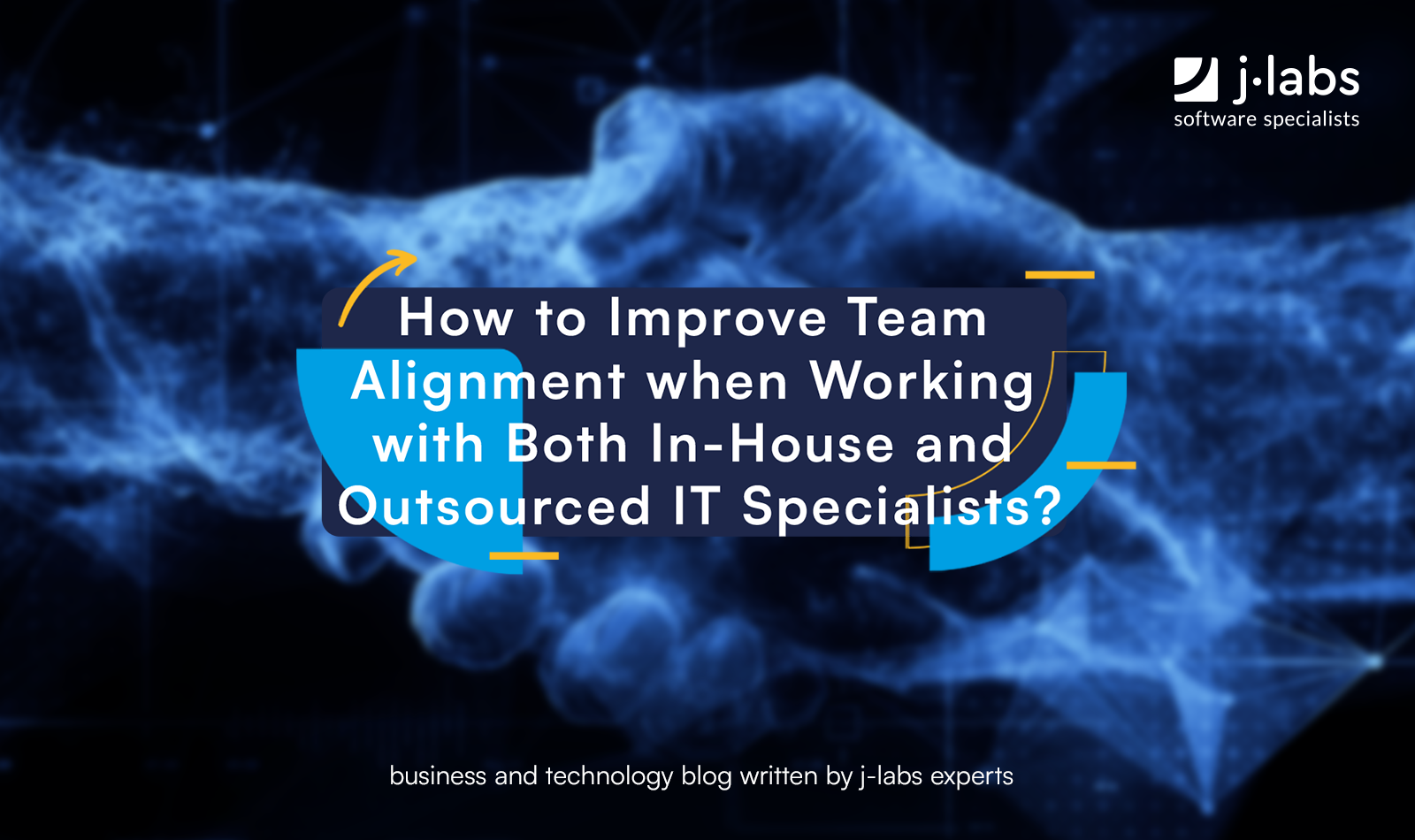IT Monitoring – How to Ensure System Continuity?
Unplanned downtime, performance issues, sudden errors in critical applications, disrupted IT infrastructure… some errors are hard to avoid, but it’s definitely worth trying. Why? A lack of IT network monitoring exposes you to various losses, from the more obvious financial ones to those that are less immediately apparent but equally important—such as reputational damage.
After all, what customer can hide their dissatisfaction when they can’t book an appointment, download the e-book they just purchased, or contact the helpline when something went wrong with their shipment? That’s why IT monitoring is absolutely essential. We’ll explain how to ensure system continuity in your company to reduce the risk of undesirable situations.
Why IT Infrastructure Monitoring System is so important?
As Uptime Institute stated in their annual report, we are increasingly dependent on digital services, which means system downtime costs us more now—these costs in the U.S. alone are counted in hundreds of thousands of dollars. Downtime isn’t the only issue. In 2023, Progress Software suffered a major hacker attack due to insufficient IT monitoring, resulting in a $15 billion loss (source).
We outlined the problem in the introduction, but let’s discuss it further and explain what you gain by implementing proper IT monitoring in your company. Although j‑labs doesn’t directly deal with IT monitoring, our specialists possess plenty of knowledge in this area.
Above all:
- You’ll detect and resolve issues before they become noticeable to so-called end users, meaning those who use your systems. They can be employees or clients—in either case, the party won’t be too pleased to find out that something isn’t working. To put it short: you’ll nip the problem in the bud before it even starts to influence how others perceive it.
- You’ll be able to optimize resources and save costs, such as electricity. There’s no denying that equipment efficiency is crucial in any business, regardless of industry. Savings will also come in the form of avoiding downtime (like those caused by system failures) and, consequently, preventing revenue loss.
- More data and accessible reports are another advantage we believe is key to the efficient operation of modern businesses—many IT monitoring systems allow you to generate reports that provide a quick overview of how well the current infrastructure is performing and what can be improved. And in IT, there are few things we like more than rational changes that drive business growth!
By the way, have a look at our tech blog, where we share our IT knowledge!
Types of IT Monitoring
We can name various types of IT monitoring, starting with the division into proactive and reactive (we covered this in more detail in the article: How to effectively manage IT Infrastructure in a company?) by identifying the areas we can monitor. For example:
One frequently mentioned type is infrastructure monitoring, which focuses on devices and systems. This includes servers (monitoring CPU status, RAM, and disk space) or network devices (analyzing network traffic using protocols such as SNMP, NetFlow, or sFlow).
The second category is application monitoring, which focuses on software. This can be done using APM (Application Performance Monitoring) tools like Dynatrace or NewRelic. This category also includes log analysis from applications supported by dedicated software like Splunk. While j‑labs does not directly provide IT monitoring services, by supplying experienced IT specialists, we can support your company in projects related to IT infrastructure, including monitoring and management. Speaking of applications—our portfolio includes the implementation of a web application enabling quick bank account creation. Click to see the solutions we used.
We can also mention the necessity of monitoring cloud environments (a vast category, as you surely know: AWS CloudWatch, Azure Monitor, Google Cloud Operations…) or tracking the performance of databases like MySQL. This also includes monitoring the entire network in the context of cybersecurity—enhanced by IT monitoring as a whole, from the cloud to infrastructure.
Do you want to work with the best in the IT industry? While the management and monitoring of IT infrastructure remain the client’s responsibility, j‑labs offers collaboration models such as Agile Project and Team Extension, enabling flexible IT resource management and quick responses to changing business requirements.
At j‑labs, we provide you with skilled specialists who can seamlessly manage and execute even the most complex IT projects for you. Reach out to us—let’s talk!
Meet the geek-tastic people, and allow us to amaze you with what it's like to work with j‑labs!
Contact us



